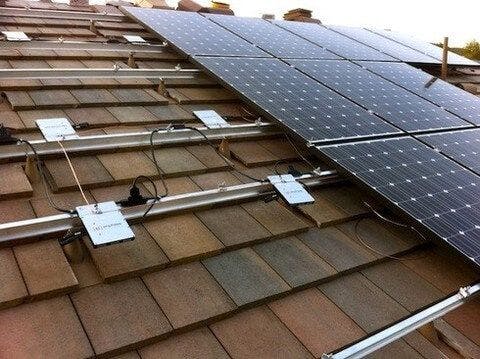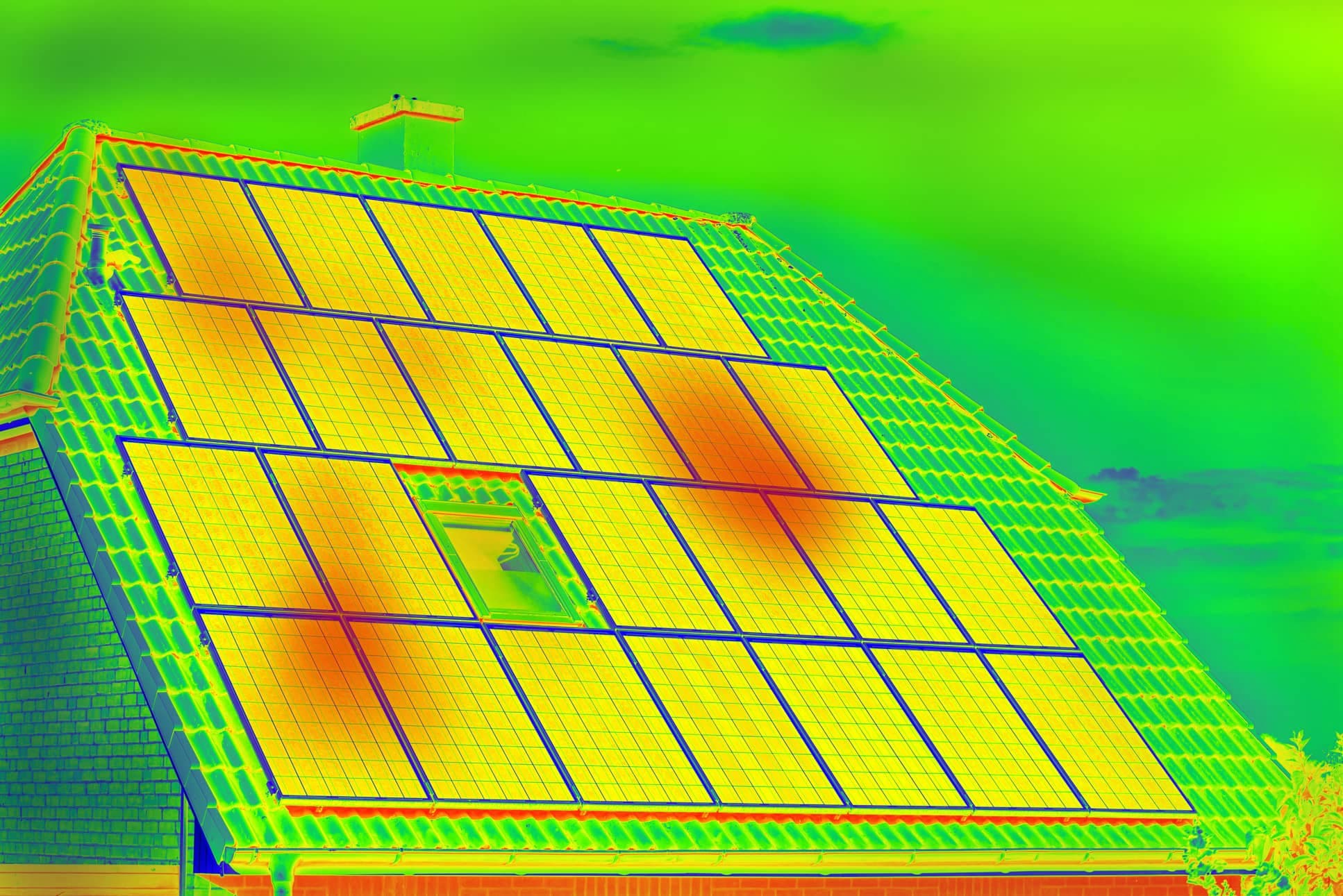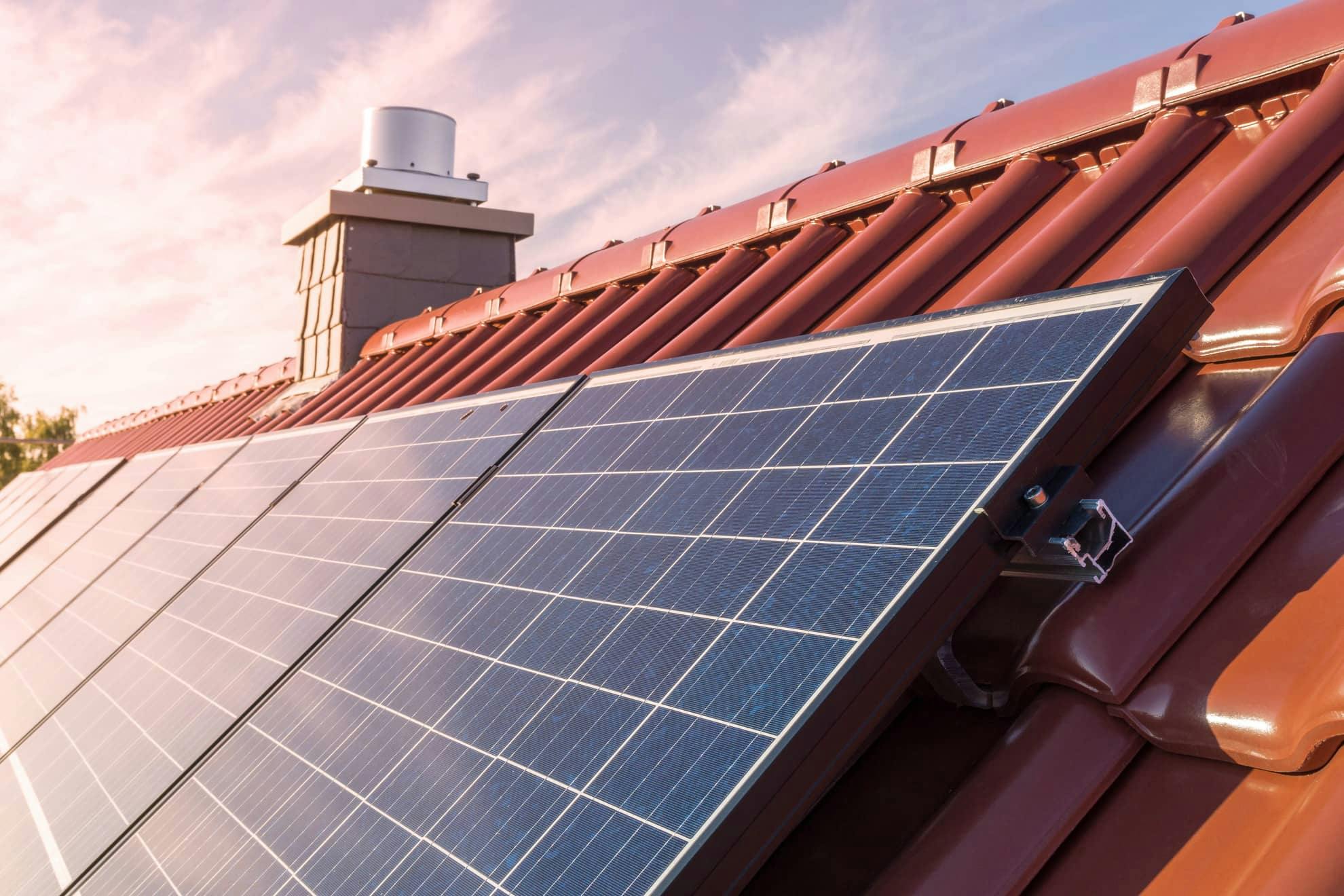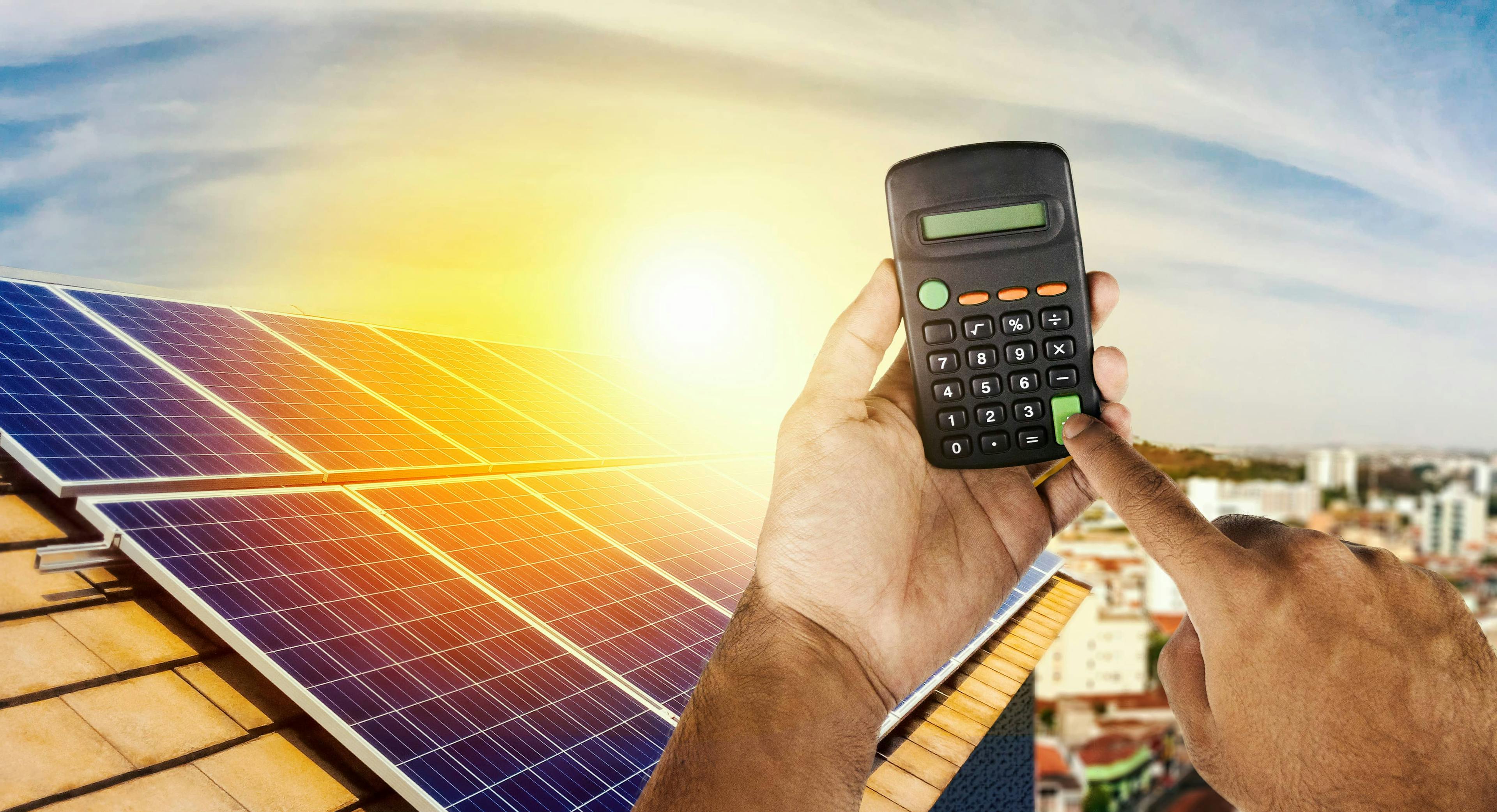What is a solar microinverter and how does it work?
The microinverter is responsible for converting the energy produced by the solar panels from direct current to alternating current so that you can use the energy generated as electricity for your home.
The solar panel with the integrated microinverter absorbs solar radiation and processes it into electrical energy. However, it enters in direct current format and is not compatible with domestic electrical circuits; it must be converted to alternating current. That is the part where the microinverter gets to work.
In turn, the inverters of a photovoltaic installation are prepared to support a maximum amount of current; it is not the same to have a central inverter that can manage a peak amount of kW (the one that the installation must support according to each consumption pattern), than to have several inverters, one per panel; this implies the possibility of being able, or not, to extend the same installation in the future.

Seeyes microinverter
How do microinverters improve the efficiency of solar panels?
The benefit of solar panel systems with microinverters lies in the fact that if any part of the panel is obstructed or shaded, only that part of the panel loses efficiency, allowing the rest of the panel to continue to function properly.
In a central inverter installation, if one panel is partially blocked, the entire panel loses efficiency and a significant portion of the energy production is lost. Whereas in an installation of solar panels with microinverters, only the blocked part of the panel will lose efficiency.
When should microinverters be used in solar panels?
Solar energy systems with microinverters are highly recommended for roofs where there are many obstacles, nearby buildings, chimneys, trees, etc., that cast various shadows on the panels.

In environments with many trees and shadows, microinverters play a crucial role.
What are the costs associated with the installation of a solar energy system with microinverters?
Solar energy solutions with microinverters slightly increase the price of an installation due to the fact that we are talking about slightly more technically complex materials.
The panels of the installation are the same, but the price and number of inverters required vary according to each case and each installation.
For example; a central inverter can cost around 500-600€, plus VAT. While microinverter technology for solar panels costs approximately €130 per panel. The cost overrun will be entirely associated with the number of panels in the installation.
What considerations should be taken into account when installing a solar energy system with microinverters?
NONE! The operation of the installation will be the same as in an installation with a central inverter.
We could take into account the fact that it will be a much more efficient installation than a standard installation on a roof with many shadows or obstacles.
We should also take into account that this technology is a bit more expensive; especially when the size of the installation already exceeds a certain number of panels.
What is the difference between microinverters and central inverters in solar energy systems?
The main difference between installing solar panels with microinverters for the home or an installation with a central inverter is the efficiency and performance of the installation itself.
If there is no shadow or obstacle, central inverter installations are exactly as efficient and profitable as a solar panel installation with microinverters; they are even a little more economical.
The difference to know what is more advisable to install lies in the location of the installation, which will always be subject to technical recommendations and the amount of blockages that could receive the path of light (and radiation) throughout the day. If you want to learn more about which type of panels are more suitable for your home, do not hesitate to visit our page on solar panels and our article on the difference between the main panels: monocrystalline vs. polycrystalline.
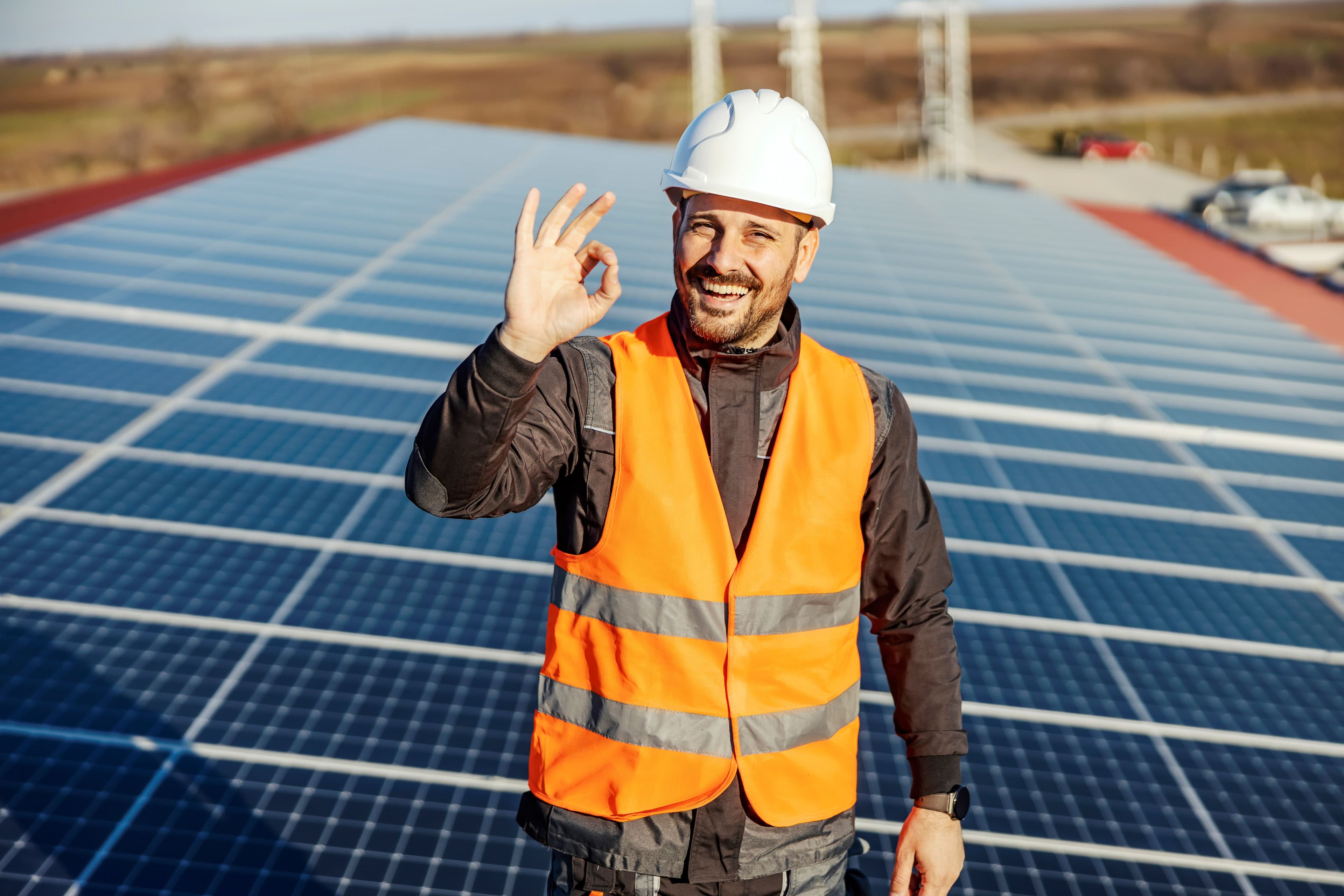
If you have any questions after reading this article, do not hesitate to contact us. At Quiero Sol we provide advice to help you review your particular situation and answer any questions you may have. In addition, we invite you to discover the latest topics and articles about solar energy in our blog.

